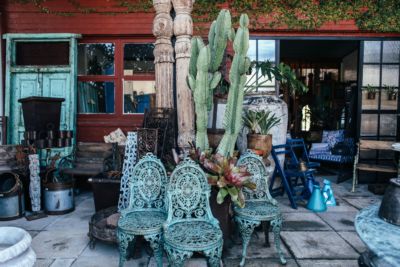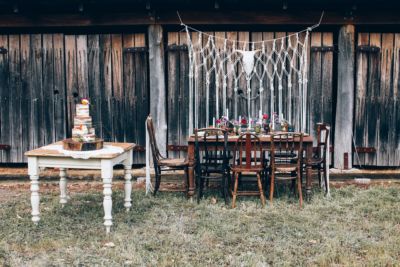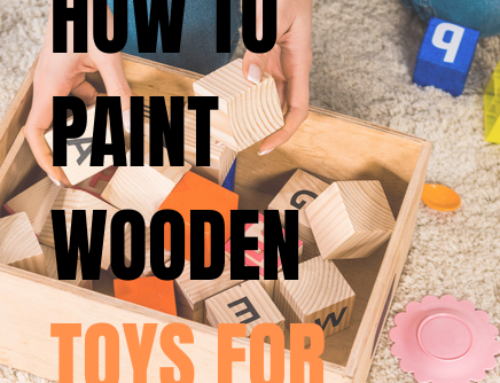Real Milk Paint’s Guide to Primitive Furniture & Home Décor
Upcycling has become a big trend and popular hobby, especially for furniture lovers. People are combing garage sales hoping to stumble across something exciting at a regular price, a unique piece, and primitive furniture could be just the great addition to your home that you’ve been looking for — especially if you know what to do with it.
What Is Primitive Furniture?
The term “primitive furniture may sound like something cavemen set up in their crude versions of a living room, but it actually refers to furniture made by hand in the mid-18th and early 19th centuries before mass production became the norm, a sign that it is of high-quality and beauty. Also called Country furniture, primitive furniture is easy to spot (once you know what you’re looking for) thanks to somewhat crude workmanship, or non-traditional construction and the use of local woods.
Depending on its categories, prices, condition and design, some primitive furniture is polished or stained, but many pieces are painted, so refinishing our primitive find isn’t just crafty, it’s also in line with tradition.
Picking the Right Primitive Piece for Your Project

If you’re interested in finding primitive furniture, you can search antique stores or flea markets that sell vintage items. Search online auction sites like eBay too, where you might be able to find some great deals on old-fashioned furniture. If you also know of any local Amish business, they often sell handcrafted furniture that has a very primitive look to it. Whichever route you decide, when you’re hunting for a piece of furniture to refinish, you want to look for three things:
- Good Bones: The most important aspect of any project piece is a good foundation. Does the piece sit easily? Are the legs even? Is it functional or just pretty?
- Minimal Wear and Tear: Milk paint doesn’t require a lot of prep work, but that changes if you’re planning on refurbishing a dresser with tons of deep gouges or a chair that has a chunk missing out of the seat.
- Interesting Details: Primitive furniture is prized because of the detailing that speaks to the furniture’s handmade quality. Pieces that are beautifully unrefined — artistically asymmetric, for example — are what primitive furniture is all about.
Why Real Milk Paint Is Perfect for Primitive Furniture
Primitive furniture is often found in a state of disrepair. It sits at flea markets or in your grandmother’s basement until it’s rescued decades later or have worked done in a wood workshop, and by then it’s in dire need of a little TLC. Milk paint is ideal for upcycling/updating primitive furniture because it:
- Requires little to no prep work: You don’t need to spend a ton of time on a salvage piece just to make it paintable. Pair your milk paint with Ultra Bond Adhesion Promotor and you can tackle almost any primitive piece you like, and you probably won’t even need to get your sander or buy any primer.
- Is eco-friendly: Milk paint is a 100 percent organic compound with no VOCs. Use it around your children and pets, let it drip into your yard, and paint in an enclosed space without any problems or ill effects.
- Won’t damage your piece: Preserve the integrity and charm of your find while still giving it a much-deserved facelift.
Using Milk Paint to Paint Primitive Furniture
The actual painting process is remarkably simple. Our milk paint comes in a powdered formula; mix it with water and it’ll last for at least two weeks and as a long as a month. Apply using a brush for a rustic, antiqued look, or use a roller brush for a textured finish. Add an extra layer of visual interest with waxes, to increase the depth and contrast of engravings and other details, or rub on a coat of oil to protect the paint against wear and tear and the elements.




